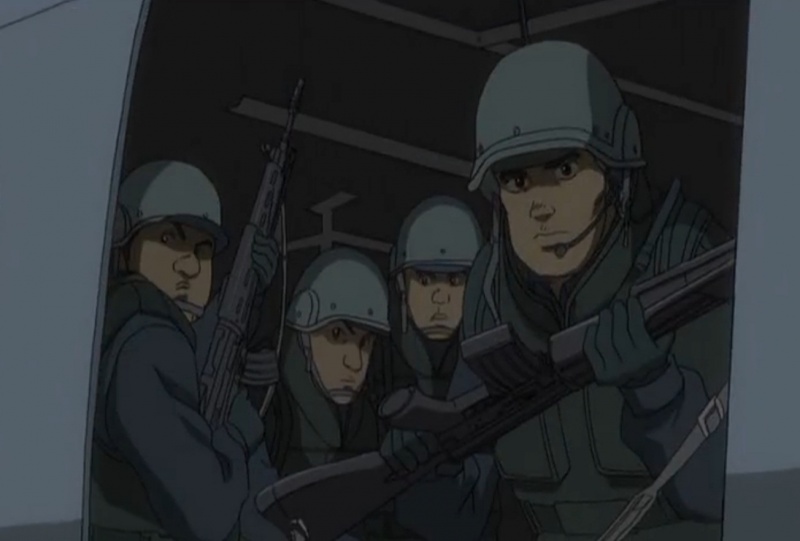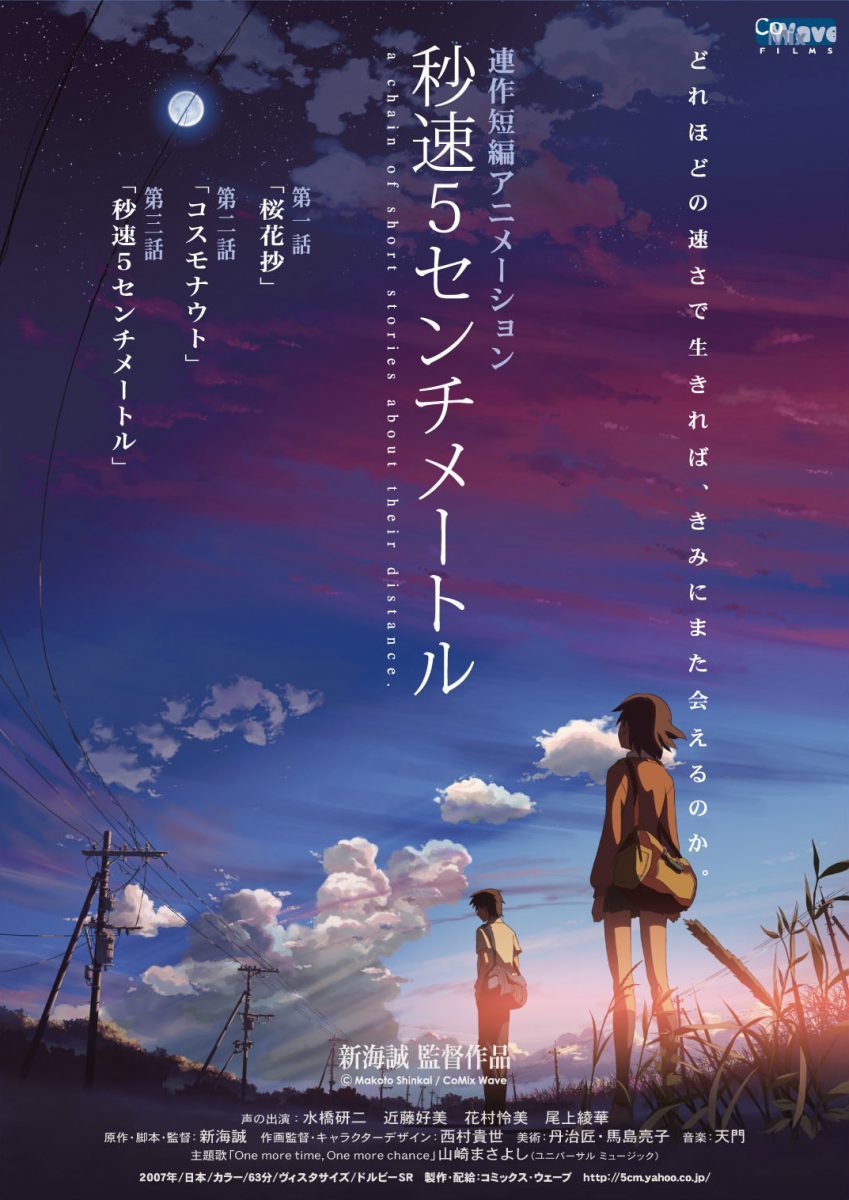
By the late 2000s, Makoto Shinkai needed little introduction. Having created works like Voices of a Distant Star (2004), a successful case of a passion project in a way that Twinkle Nora Rock Me! (1985) wished it was, he had already become a rising personality in the anime industry. With 5 Centimeters per Second (Byousoku 5 Centimeter; 2007), however, this would mark a coming of age for his career.
Running at 65 minutes long, it’s by no means the filmmaker’s first feature-length foray, that honor going to The Place Promised in Our Early Days (2004). Nonetheless, despite its deceptively simple concept, not only did this theatrical OVA stand out among other anime works released at the time, it still holds up remarkably well to this day. You don’t need multiple viewings, though, to find out why, though it never hurts to look at it one more time.
The film’s trailer not only does a good job of spotlighting the visuals and soundtrack, but also the familiar style that Shinkai would go on to improve upon in his later works. Circa 2007. (Source: YouTube)
A Bittersweet Melancholy
5 Centimeters per Second is comprised of three interrelated vignettes (“Cherry Blossom”, “Cosmonaut”, and “5 Centimeters per Second”), taking place from 1991 to 2008. All these follow the life of Takaki Tōno (Kenji Mizuhashi, Johnny Yong Bosch, Jonathan Meza), as he goes through school, befriends a girl named Akari Shinohara (Yoshimi Kondō, Ayaka Onouei, Hilary Haag, Erika Weinstein, Tara Platt), and falls in love. Not long after, however, she moves away, putting their budding romance in jeopardy. It’s a relationship that’s soon put to the test by the trials of adolescence, relationships, and the burdens of adulthood.
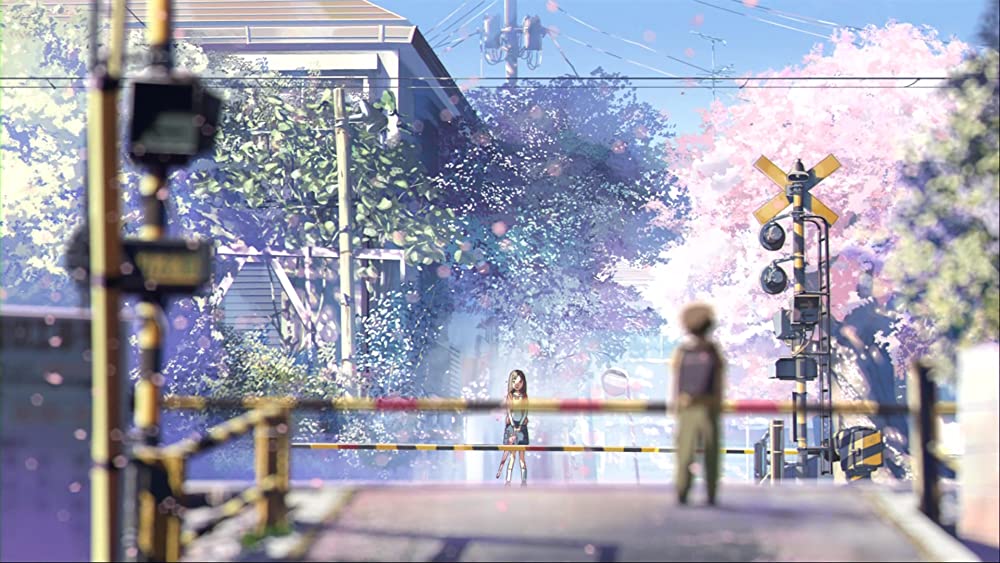
Compared to what Shinkai had created up until then, this movie can come across as mundane if not simplistic. Instead of sprinkling sci-fi or fantasy motifs, in his own words, he sought to “create a work that is more in line with everyday life, so that the familiar scenery looks brighter than usual.” Though good slice-of-life certainly wasn’t unheard of by the late 2000s, the way he executes this is still remarkable.
For one, what the film apparently lacks in plot it more than makes up for in the cast of characters. The main protagonist is presented as a young man like any other, with his own interests, flaws, and mannerisms. This sort of attention could also be seen in the other characters. Akari, for instance, has similar interests and a familiar background of moving from place to place, which plays into how they fall in love. Meanwhile, Takaki’s high school friend Kanae Sumida (Satomi Hanamura, Serena Varghese, Kira Buckland) is shown to be similarly developed as a surfer with no clear plan for the future, yet also with a personal longing that seems out of reach.Their interactions, and how they all change over time, lend a realism that’s at once relatable to modern Japanese audiences, let alone anime fans, and transcends borders.
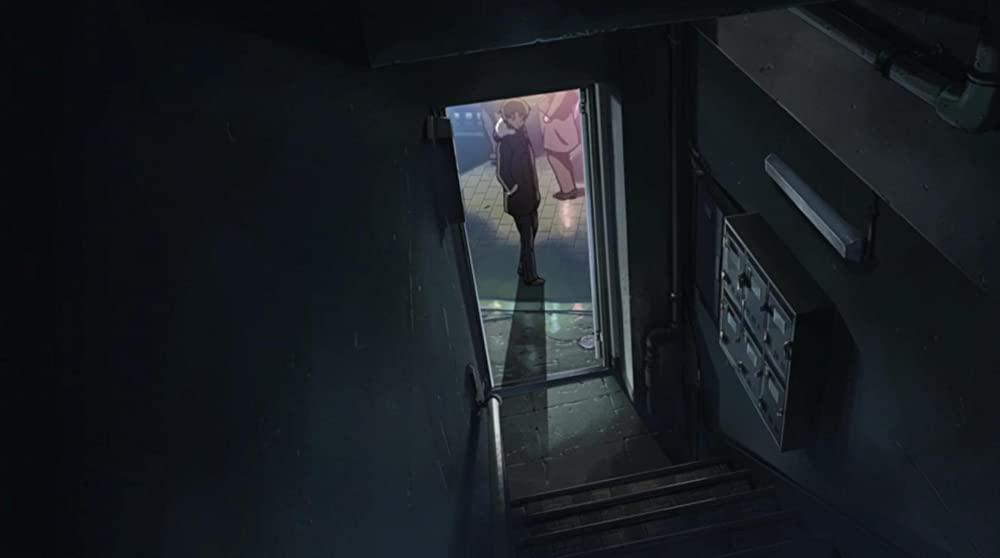
That’s not to ignore how consistent, if not tightly woven, the underlying motifs of the OVA are. Distance is especially highlighted, from the title itself referring to how fast cherry blossom petals fall (uttered by Akari in the first arc), and the way characters are spaced apart from one another on-screen, to even the off-hand references to a space probe launch and its progress away from Earth. The pressures of reality also play heavily on how they get in the way of their lives, be it parents getting jobs halfway across the country, uncertainty over what path to pursue, or the more disappointing moments of adulthood. In addition to being a counter-argument of sorts to the “love transcending time” aspect of Voices of a Distant Star, these lend a bittersweet melancholy to what would otherwise have been a romance. In real life, you can’t always get that fairy tale ending, though there’s still beauty in the world. And though people change “bit by bit,” as Takaki eventually muses, they’ll find a way to move on.
A Haunting Aura
5 Centimeters per Second marked the first time Shinkai, had worked with a full staff of animators and artists, all from what’s now CoMix Wave Films. This shows in the final product, with the director’s handiwork in full display.
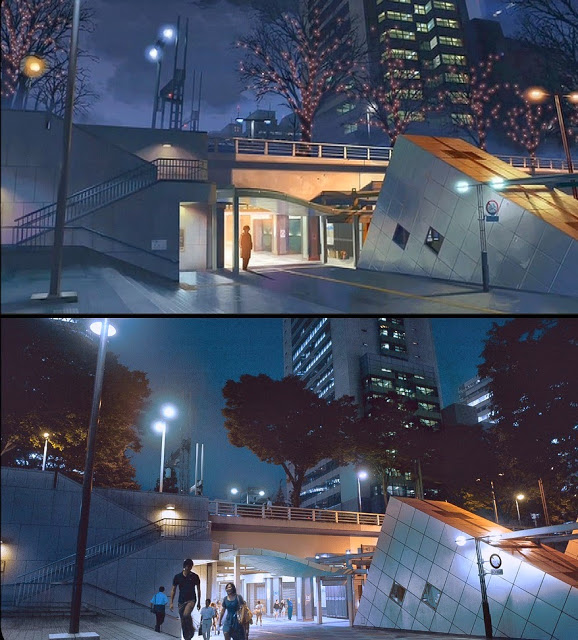
The added manpower and resources are most evident in the stunning visuals. Whether it’s something as innocuous as a train crossing, the interior of an empty classroom, or panning shots of the Japanese countryside, the art can make the mundane look dreamlike. Moreover, many of the backdrops seen are directly based on places in and around Tokyo, rendered down to the signage, which also lends considerably to the slice-of-life realism, while also flouting the technical CG effort made to pull it off. Combined with how crisp and lively the animation can be, it’s a massive step forward from Voices of a Distant Star, which was done almost entirely by the filmmaker alone.
Then, there’s the audio. The voice acting, whether the original track or the dubs done by ADV and Bang Zoom!, is all-around solid, retaining a sense of being grounded without being too overly dramatic. Shinkai’s friend and collaborator Tenmon once more delivers with a haunting aura, with soft tones and piano pieces that stick in your head long after the movie ends. These also go far in driving home the melancholy and trials faced by the characters, ultimately leading to the finale being matched to the tune of Masayoshi Yamazaki’s 1997 hit “One More Time, One More Chance.” Even without combining them with the accompanying sights, this can bring more than a few people to tears to this day.
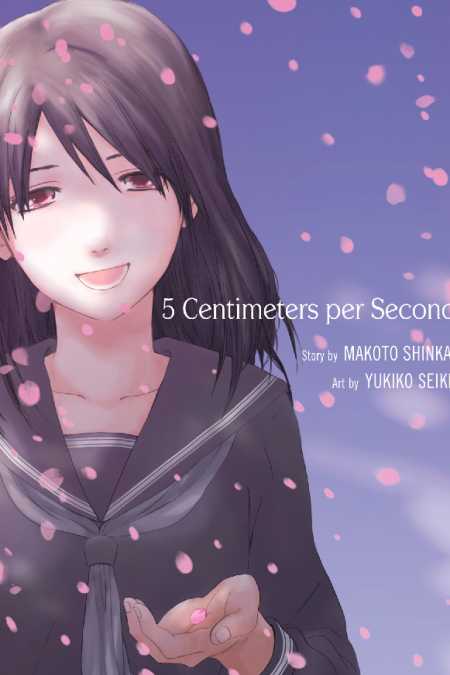
It’s little wonder, then, that 5 Centimeters per Second was both a hit among critics (winning several accolades such as the 2007 Asia Pacific Screen Awards) and Japan’s fourth most popular Blu-Ray release for 2008. Meanwhile, Shinkai himself proceeded to write a novel and manga adaptation (2010–2011), which not only significantly elaborated on the story, but also gave the characters an expanded ending. Coincidentally, it’s also this film that really began the trend of praising the director as the next Hayao Miyazaki. In a sense, it really was a coming of age.
Nowadays, though, it’s overshadowed by his and CoMix Wave Films’ subsequent successes, most notably Your Name (2016) and Weathering with You (2019). The film’s flaws, compared to those recent works, can seem more obvious in hindsight, be it the simplistic plot or reliance on melodrama. Yet it says a lot when those issues are minor at best. If anything, at the very least, it showcases just how consistent and gifted the creator is in bringing even those small moments in our lives to full, vivid light.






